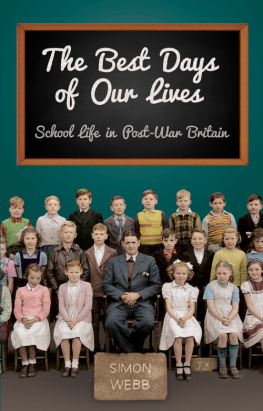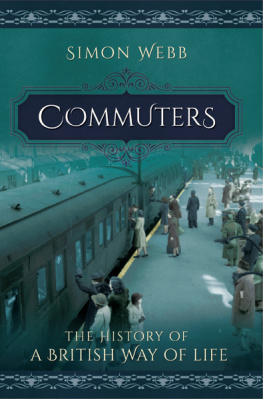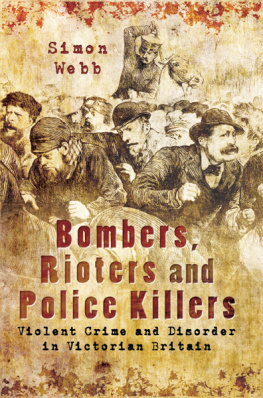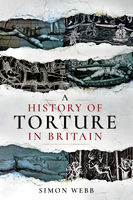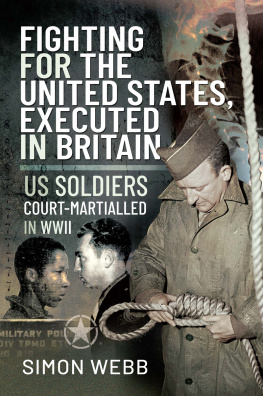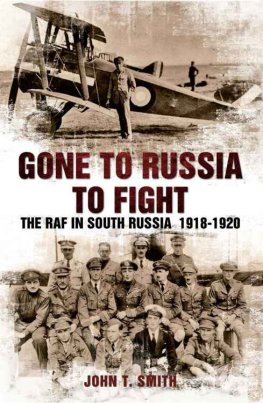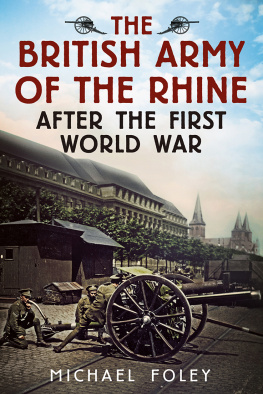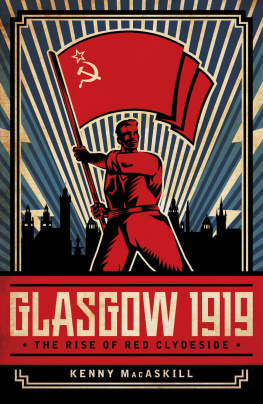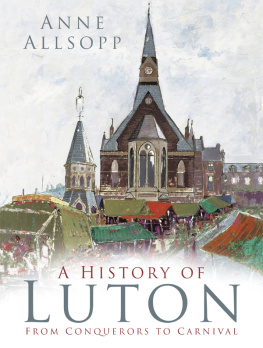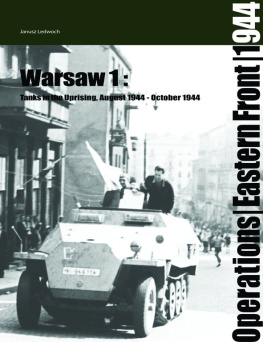1919 Britains Year of Revolution
Simon Webb
First published in Great Britain in 2016 by
PEN AND SWORD HISTORY
an imprint of
Pen and Sword Books Ltd
47 Church Street
Barnsley
South Yorkshire S70 2AS
Copyright Simon Webb, 2016
ISBN 978 1 47386 286 9
eISBN 978 147386 288 3
Mobi ISBN 978 147386 287 6
The right of Simon Webb to be identified as the author of this work has been asserted by him in accordance with the Copyright, Designs and Patents Act 1988.
A CIP record for this book is available from the British Library All rights reserved. No part of this book may be reproduced or transmitted in any form or by any means, electronic or mechanical including photocopying, recording or by any information storage and retrieval system, without permission from the Publisher in writing.
Pen & Sword Books Ltd incorporates the imprints of Pen & Sword Archaeology, Atlas, Aviation, Battleground, Discovery, Family History, History, Maritime, Military, Naval, Politics, Railways, Select, Social History, Transport, True Crime, Claymore Press, Frontline Books, Leo Cooper, Praetorian Press, Remember When, Seaforth Publishing and Wharncliffe.
For a complete list of Pen and Sword titles please contact
Pen and Sword Books Limited
47 Church Street, Barnsley, South Yorkshire, S70 2AS, England
E-mail:
Website: www.pen-and-sword.co.uk
List of Plates
1. The battleship HMS Valiant, which was moored off Liverpool in the summer of 1919.
2. A soldier and a tank in the centre of Liverpool during the riots of August 1919.
3. A headline from the Manchester Guardian about the disorder in Liverpool.
4. General, later Field Marshal, Sir Henry Wilson, Chief of the Imperial General Staff in 1919.
5. Prime Minister David Lloyd George.
6. Secretary of State for War Winston Churchill.
7. The Red Flag is raised in Glasgow on 31 January 1919.
8. The arrest of David Kirkwood after the Battle of George Square in Glasgow.
9. Glasgows indoor cattle market being used as a tank depot following the rioting in the city.
10. Troops and police on duty together in Glasgow.
11. Damage to shops near Kinmel Camp after the rioting and gun battle there.
12. The aftermath of the rioting at Kinmel Camp, which cost five lives.
13. Sergeant Thomas Green, the first police officer to be killed in a riot in twentieth-century Britain.
14. A soldier and police officer on guard outside Epsom Police station after the murder of Sergeant Green.
15. A painting by an eyewitness of Luton Town Hall in flames on 19 July 1919. (By kind permission of Wardown Park Museum)
16. The burnt-out shell of Luton Town Hall after the riots.
17. Boarded-up shops in Coventry, after the rioting there in the summer of 1919.
18. Police officers on strike in London in 1919.
19. A soldier guards a looted shop in Liverpool.
20. Tanks on the streets of a British city in 1919.
Introduction
A few days before the August Bank Holiday weekend in 1919, a naval officer stationed off the coast of Scotland received an urgent message from London which had him shaking his head in disbelief. The British fleet lay at anchor in Scapa Flow, among the small islands to the north of Scotland. The First World War had ended less than a year earlier and the approaching summer Bank Holiday was the first that the sailors from these ships had enjoyed for six years. There was a more relaxed air than usual, even though the Bank Holiday was not officially being celebrated in the armed forces. The officer who received the message from the Admiralty in London could hardly believe what was expected of the naval forces stationed in this obscure corner of the Orkney Islands. He had received orders to despatch three ships south. One of these was the superdreadnought battleship HMS Valiant . With a displacement of 29,000 tons and armed with 15in guns, the Valiant was one of the most fearsome battleships in the world. She may be seen in Illustration 1. What terrible emergency could cause the government to cancel all leave at such short notice and order the Valiant into action? The orders were that she was to be ready to put to sea in a matter of hours. In addition to the Valiant , two destroyers, HMS Venomous and HMS Whitby , were also to be ready to sail that day as her escorts.
Obviously, a naval base like Scapa Flow was always on standby, ready at a moments notice to send warships anywhere in the world that Whitehall should command. It was the destination of the battleship and her escort which was unbelievable. They were to proceed to Liverpool, moor in the Mersey and then land men on the docks and secure them against hostile forces. If necessary, they were then to be prepared to shell an English city to suppress what the government feared was the beginning of a complete breakdown of law and order, perhaps even the opening stages of a revolution. The army had already been deployed in Liverpool, supported by tanks, but had so far been unable to restore order. Illustration 2 shows one of the tanks in the centre of Liverpool.
Today, an account of the events which took place across Britain in 1919 reads like some extravagant fantasy, perhaps an alternate history scenario. Widespread mutinies in the army, tanks brought onto the streets of British cities to crush workers uprisings, troops imposing martial law on the Bedfordshire town of Luton, a police officer beaten to death in a riot and the government summoning the aid of the Royal Navy to occupy parts of an English port which are under siege from mobs which even the army seems unable to contain. All of this taking place against the background of a British invasion of Russia and fears in the government that a revolution is imminent. To make the point clearer, readers might care to look at Illustration 3, which is a headline from the Manchester Guardian of 4 August 1919: TROOPS FIRE OVER PILLAGING CROWDS, WARSHIPS DESPATCHED: TANKS ARRIVE. It is difficult to believe that this is a newspaper report about a British city in peacetime.
It is probably fair to say that very few people are now aware of the perilous state in which Britain found itself in the years following the end of the First World War. Unrest reached such a pitch that Prime Minister Lloyd George told a deputation of strikers quite candidly in the spring of 1919 that they were now in stronger position than the government itself and that if that was what they wanted, then they could take over the running of the country. For a while, it appeared that Britain could be on the verge of transforming itself from a constitutional monarchy and liberal democracy, into a Soviet-style Peoples Republic.


